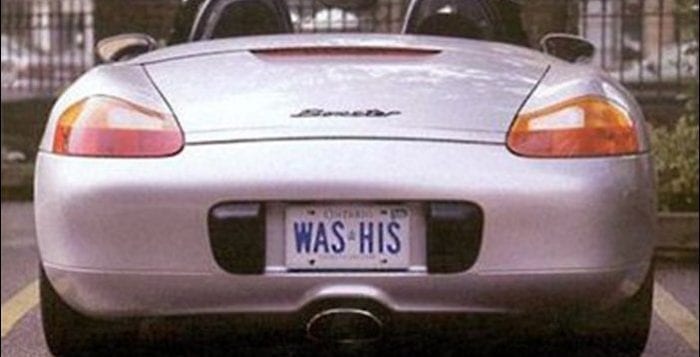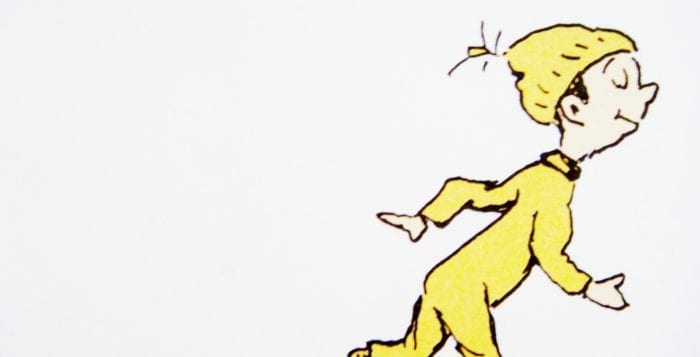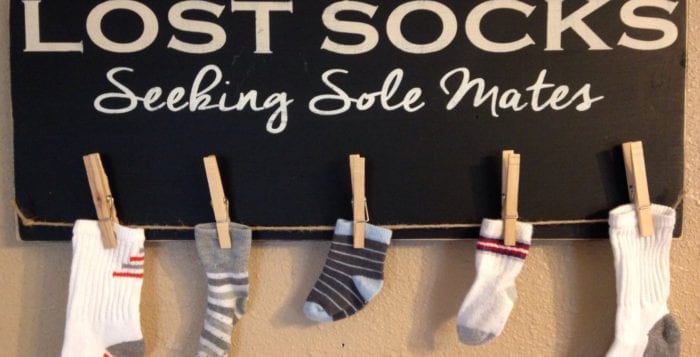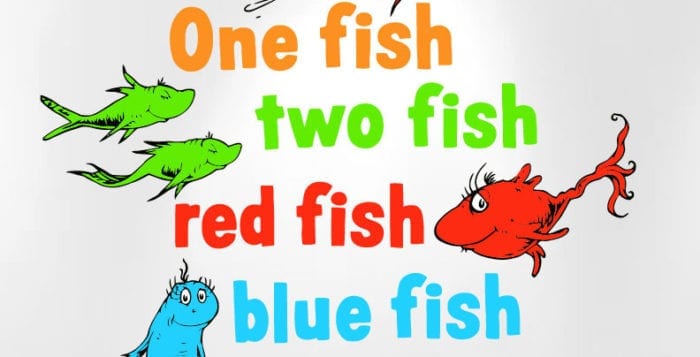By Daniel Dunaief

If you ever move away from Long Island, you may find relief and a longing.
The relief could take many forms. For starters, you may find a place with magnificent sidewalks that allows you to walk for miles without needing to step out into the road. Yes, there are such places, although they are mostly in urban environments, where you can watch people, find restaurants and not just bars that are open at all hours, and where you can shift from one ethnic neighborhood to another within a few blocks.
You may also find road relief, as people in other places may allow you to merge readily, may move at a different pace, and may smile and wave at you as you pass them while they are on their lawns, walking their dogs, throwing a ball with their daughters or sitting on a rocking chair on their front porches, appreciating the flow of human and avian traffic that passes by their houses.
You also may not miss the delays at the airports or the train stations, as you wonder if you’ll make it to the job interview, the meeting, the wedding or the date on time when construction, lane closures, accidents, sun glare or road flooding slow everything around you to a stop or a crawl.
You might also find yourself relieved that the delis — if you can find ones you like outside of Long Island — are much quieter, as people in other regions may not be as compelled to raise the decibel level in public to outcompete each other for stories or to place their turkey club orders.
But, then, you might also find yourself missing some key ingredient of Long Island life. There are plenty of landlocked places you can visit that have wonderful lakes, rivers and streams, but how many of them truly have Long Island’s magnificent and varied beaches?
You might miss sitting on a bluff in Port Jefferson and staring out at the harbor or looking through the channel into Long Island Sound. You might miss the chance to visit your favorite rocky beach on the North Shore, where you can walk slowly along, looking for the perfect skimming rocks, recalling the days decades ago when your grandfather taught you how to use surface tension to make a rock bounce its way far from shore.
You might miss the toughness of feet so accustomed to the uneven rocks that you pause momentarily when you see someone struggling to navigate them, remembering that you once found these rocks hard to cross as well.
You might miss the wonderful intertidal zone, which at low tide allows you to wander across rippled and water-cooled sand far from shore.
You might also miss winter beaches, where winds whip along the abandoned dunes and where, if a cold snap lasts long enough, you can see the top layer of water frozen as it heads toward shore.
If you ever took advantage of the myriad cultural and scientific opportunities on Long Island, you might also miss spectacular performances at the Staller Center, lectures and symposia at Stony Brook University, Cold Spring Harbor Laboratory or Brookhaven National Laboratory.
You might also miss the farms or vineyards on the East End, where you can admire the way rows of vines, trees or grass expand out from the road.
You might also miss the secrets hidden beneath the surface of the water. If you’ve ever had the opportunity to snorkel at Flax Pond or at a beach, you know that magnificent creatures — arthropods that live on yellow sponges and look like ancient creatures under a microscope — populate a completely different world that is within surprisingly easy reach.









 Numbers help us track the time of year. Even a warm day in February doesn’t make it July, just as a cold day in June doesn’t turn the calendar to November.
Numbers help us track the time of year. Even a warm day in February doesn’t make it July, just as a cold day in June doesn’t turn the calendar to November.




